Content from the Brookings Institution India Center is now archived. After seven years of an impactful partnership, as of September 11, 2020, Brookings India is now the Centre for Social and Economic Progress, an independent public policy institution based in India.
In the year since Narendra Modi became Prime Minister, the alliance system in South Asia has hardened. While the alliance system remains completely informal, the United States and India have come closer to each other and China and Pakistan have come even closer together. The current alliance structure has its origins in events dating back to 1962 but it has accelerated dramatically in the last year.
This dramatic acceleration in alliance politics in Asia was on full display on January 26, 2015. On one screen President Barack Obama was next to Prime Minister Narendra Modi watching the Republic Day parade in New Delhi. It was Obama’s second visit to India, an unprecedented statement about America’s commitment to close relations with India. On the other screen was Pakistan’s Chief of Army Staff (COAS), General Raheel Sharif, meeting in Beijing with Chinese leaders. The two parties announced their alliance was all-weather and taller than the Himalayas.
Then President Xi Jinping visited Pakistan this April with $46 billion in investment to build an economic corridor from Western China to the Persian Gulf. Thus, Xinjiang and Tibet will be linked to Baluchistan. The corridor will end at Gwadar where Pakistan hopes a new city to rival Dubai will emerge as the trade entrepôt of Asia. It promises to transform Pakistan and incorporate it into a Sino sphere of influence.
The Sharifs (Prime Minister Nawaz and COAS Raheel) promised Xi that Pakistan will create a new special division of the Pakistani Army to protect Chinese workers in Pakistan. The “Special Security Division” will total 10,000 troops and be commanded by a two star general. Half the men will come from the Special Services Group, Pakistan’s elite commando force. It will have its own air support. In effect this will be a Pakistani division committed exclusively just for China. At the same time Pakistan refused the pleas of one of its most reliable allies – Saudi Arabia – for troops to fight its war in Yemen.
In contrast, Obama promised Washington’s backing to India for a permanent seat on the UN Security Council, a commitment unlikely to ever come to fruition while China has a veto. Nonetheless, it is a very symbolic statement of the President’s world view. It is also a commitment no future President can easily walk away from. The Joint Strategic Vision for the Asia-Pacific and Indian Ocean issued on Republic Day underscores the Modi-Obama agreement to work together in both East and South Asia. No such vision exists between Washington and Islamabad. Pakistan will always be number two or less for Washington.
Obama’s tilt toward India harkens back to President John F. Kennedy. Like Kennedy, Obama too believes India is America’s natural partner in Asia (a phrase echoed by Modi in a recent Time magazine interview). Like Kennedy, Obama wants a democratic India to win the race in Asia for growth. Like Kennedy, Obama is much less entranced with Pakistan. He will be the first President since Jimmy Carter not to visit Pakistan while visiting India, and he’s done it twice.
Pakistan’s complex relationship with terrorism, from Mumbai to Abbottabad, raises doubts in the White House about what Pakistan’s civilian leaders know about what their spies and generals are doing. Mutual trust between Islamabad and Washington is non-existent. JFK came to harbour similar doubts about Pakistan when it wanted ‘compensation’ in Kashmir for staying neutral in the Sino-Indian war in 1962. Today there is no longer a Pakistan lobby in Washington. Instead, there are many India lobbies.
Of course India has its own bilateral ties to China. The two are not enemies but they are also still divided by the longest border dispute in the world. Although defence cooperation is already intense, Modi can further enhance military-to-military and intelligence cooperation with Obama over the next eighteen months to further prepare for all contingencies. This will also prove beneficial if there is another 26/11 or a repetition of last May’s attack by Lashkar-e-Taiba (LeT) on the Indian consulate in Herat.
The emergence of an informal but tight alliance system pitting Modi’s India with Obama’s America on one side and the Sharif’s Pakistan with Xi’s China on the other is the culmination of a long and complex process that began in 1962 when Mao invaded India, Kennedy came to Nehru’s salvation and Ayub Khan began to court Beijing. There have been many gyrations in the process but the destination appears to have been finally reached.
Download the Complete Briefing Book
Bruce Riedel is the author of JFK’s Forgotten Crisis: Tibet, the CIA and the Sino-Indian War to be published this fall by Brookings.
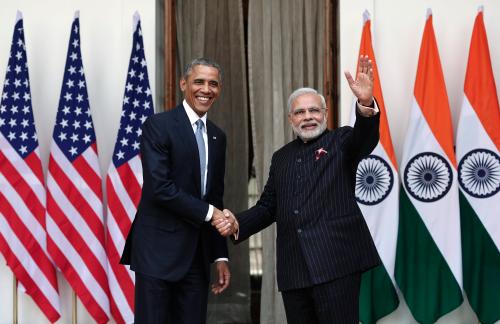
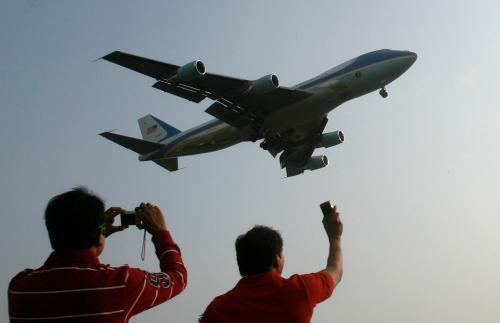
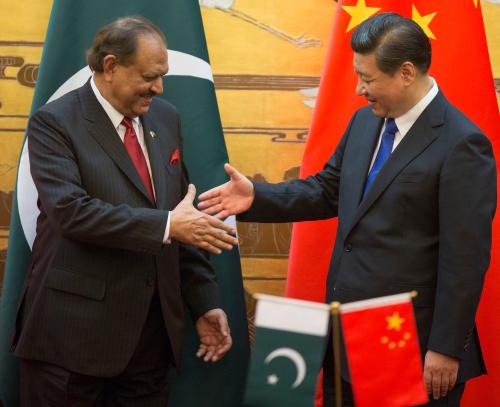
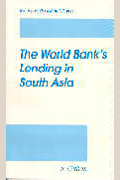
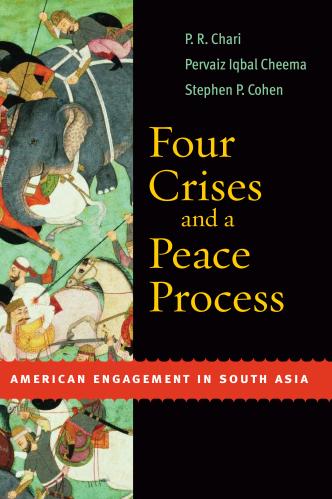

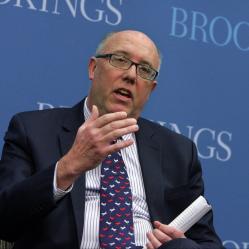



Commentary
Op-edHardening Alliances: India-America and Pakistan-China
IndiaGov@365
May 11, 2015